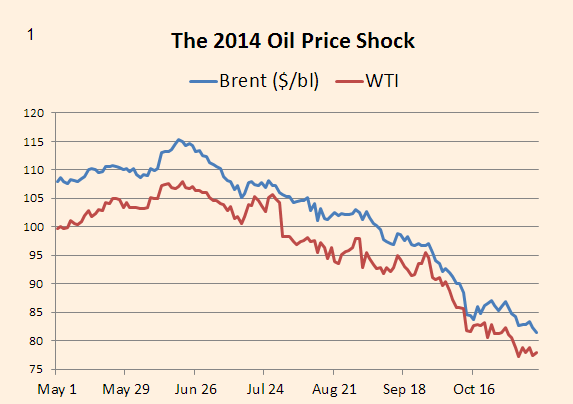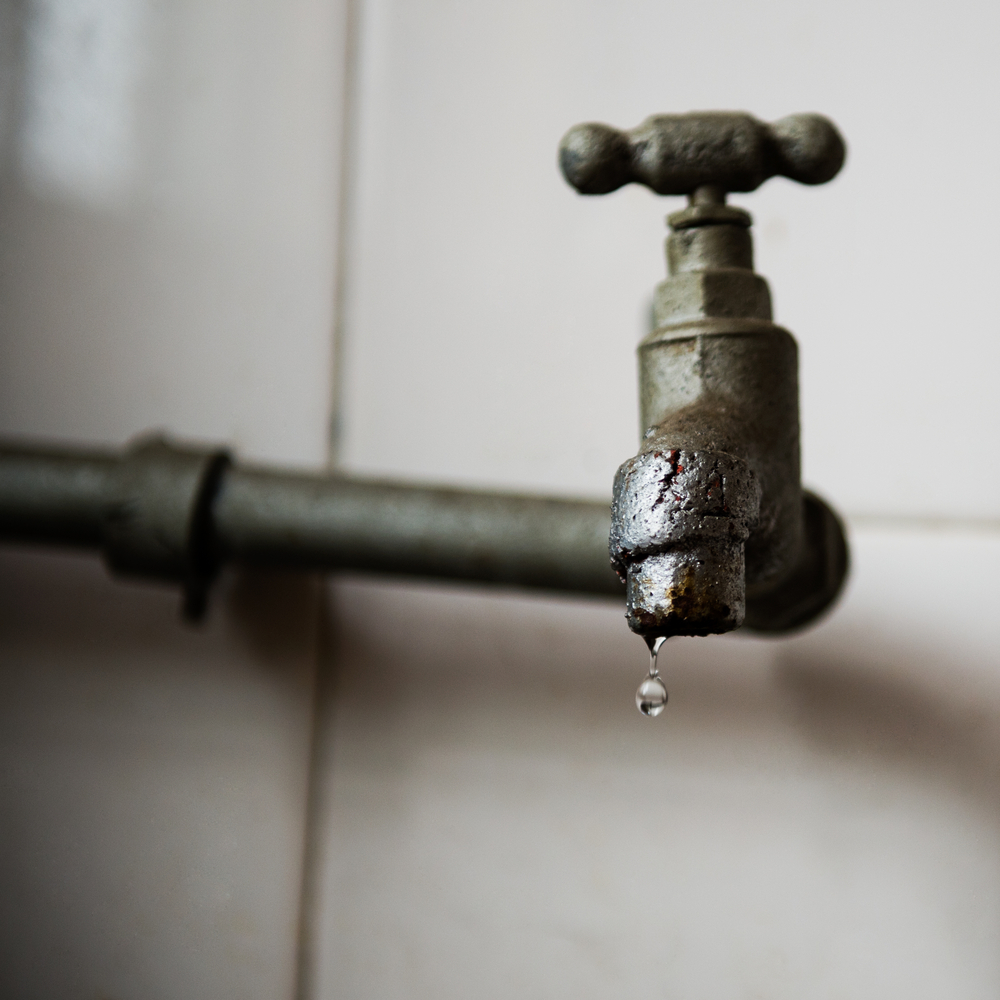In my blog post entitled JUTC Testing Chinese Made Bus In The Hills Of St Andrew; Is Automotive Assembly On The Horizon?, I spoke about the possibility of having Chinese automotive assembly lines in Jamaica.
However, the assembly of consumer electronics and electrical equipment seem probable. This, as Tsinghua Tongfang Company, is seeking to raise US $60 million on the Jamaica stock exchange (JSE) to aid with the build out of the assembly plant. Tongfang envisage, all things being equal, that they'll have their Jamaican plant up and running by September of this year.
Electronics assembly line in China. Source of image: TechCrunch
The aforementioned Jamaican assembly plant would operate under the moniker, Tongfang Global (Ja) company limited, with the aim of earning US $300 million in exports. Tongfang evinced that the importation of various components would be necessary, with the aim of assembling televisions and kitchen appliances under the Seiki brand.
However, the assembly of consumer electronics and electrical equipment seem probable. This, as Tsinghua Tongfang Company, is seeking to raise US $60 million on the Jamaica stock exchange (JSE) to aid with the build out of the assembly plant. Tongfang envisage, all things being equal, that they'll have their Jamaican plant up and running by September of this year.
The aforementioned Jamaican assembly plant would operate under the moniker, Tongfang Global (Ja) company limited, with the aim of earning US $300 million in exports. Tongfang evinced that the importation of various components would be necessary, with the aim of assembling televisions and kitchen appliances under the Seiki brand.
Tsinghua Tongfang Company
Tongfang was founded in 1997, it focuses on the manufacturing of consumer electronics, information appliances, energy equipment, etc. Tongfang's Seiki branded products are relatively popular, especially their digital televisions.
Information sourced from Tongfang's website, suggests they able to produce Televisions ranging from 19"-80", with average of 10 million units being produced. The units are available in approximately 20 countries. Tongfang is seeking to export televisions to the US, Europe and south America, when/if their Jamaican assembly plant comes to fruition.
Information sourced from Tongfang's website, suggests they able to produce Televisions ranging from 19"-80", with average of 10 million units being produced. The units are available in approximately 20 countries. Tongfang is seeking to export televisions to the US, Europe and south America, when/if their Jamaican assembly plant comes to fruition.
Tongfang's Possible Entry Has The Potential To Stimulate Jamaica's Nascent Assembly Industry
Jamaica once had a vibrant garment assembly industry, however, due high labour and energy costs, most of these companies relocated to Asia. The garment industry predominated much of Jamaica's assembly industry between the 80s and early 90s.
However, in recent times, goods assembly has languishing, except for Von's motor and company's motorcycle production. Von's assemblies motorcycles under a joint venture between Loncin group out of China, operations began in 2004. An investment by Tongfang would provide the fillip to boost the assembly and overall manufacturing industry.
Using available data on financial times' website, Tongfang has total assets in excess of US $7 billion, suggesting that they're more than capable of implementing this venture. Additionally, Tongfang supplies major retailers in the US; notably, Target and Walmart.
Tongfang entry into Jamaica is not yet certain, as Tongfang is seeking to raise US $60 million on the JSE, in addition to the demand of government concession/s. Will the government provide the concession/s being sought? Time shall tell all.
Thanks for stopping by!
However, in recent times, goods assembly has languishing, except for Von's motor and company's motorcycle production. Von's assemblies motorcycles under a joint venture between Loncin group out of China, operations began in 2004. An investment by Tongfang would provide the fillip to boost the assembly and overall manufacturing industry.
Using available data on financial times' website, Tongfang has total assets in excess of US $7 billion, suggesting that they're more than capable of implementing this venture. Additionally, Tongfang supplies major retailers in the US; notably, Target and Walmart.
Tongfang entry into Jamaica is not yet certain, as Tongfang is seeking to raise US $60 million on the JSE, in addition to the demand of government concession/s. Will the government provide the concession/s being sought? Time shall tell all.
Thanks for stopping by!
References
About Tongfang Global, Tongfang Global.http://www.tongfang-global.com/thtf.asp
Von's Starts Bike Production, Jamaica Gleaner.http://old.jamaica-gleaner.com/gleaner/20041117/business/business5.html
Tsinghua Tongfang Global Company LTD, Financial Times. http://markets.ft.com/research/Markets/Tearsheets/Financials?s=600100:SHH&subview=BalanceSheet
Tongfang seeks location for Jamaican assembly plant -- wants to raise US 60 million on JSE, Jamaica Observer.http://www.jamaicaobserver.com/business/Tongfang-seeks-location-for-Jamaican-assembly--plant--wants-to-raise-US-60m-on-JSE_18756969
Tongfang seeks location for Jamaican assembly plant -- wants to raise US 60 million on JSE, Jamaica Observer.http://www.jamaicaobserver.com/business/Tongfang-seeks-location-for-Jamaican-assembly--plant--wants-to-raise-US-60m-on-JSE_18756969
























